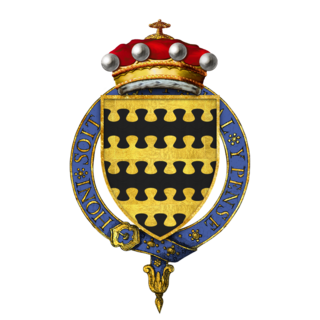
William Blount, 4th Baron Mountjoy, KG, of Barton Blount, Derbyshire, was an extremely influential English courtier, a respected humanistic scholar and patron of learning. He was one of the most influential and perhaps the wealthiest English noble courtier of his time. Mountjoy was known internationally as a humanist writer and scholar and patron of the arts.
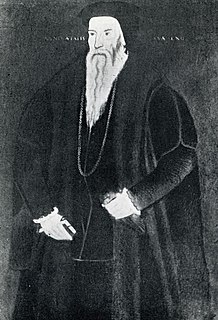
Sir John Seymour, Knight banneret was an English soldier and a courtier who served both Henry VII and Henry VIII. Born into a prominent gentry family, he is best known as the father of the Henry VIII's third wife, Jane Seymour, and hence grandfather of king Edward VI of England.

Elizabeth Seymour was a younger daughter of Sir John Seymour of Wulfhall, Wiltshire and Margery Wentworth. Elizabeth and her sister Jane served in the household of Anne Boleyn, the second wife of Henry VIII. In his quest for a male heir, the king had divorced his first wife, Catherine of Aragon, whose only surviving child was a daughter, Mary. His marriage to Anne Boleyn had also resulted in a single daughter, Elizabeth. The queen's miscarriage of a son in January 1536 sealed her fate. The king, convinced that Anne could never give him male children, increasingly infatuated with Jane Seymour, and encouraged by the queen's enemies, was determined to replace her. The Seymours rose to prominence after the king's attention turned to Jane.
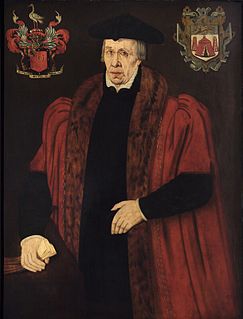
Sir Thomas White was an English cloth merchant, Lord Mayor of London in 1553, and a civic benefactor and founder of St John's College, Oxford.

Sir John Gresham was an English merchant, courtier and financier who worked for King Henry VIII of England, Cardinal Wolsey and Thomas Cromwell. He was Lord Mayor of London and founded Gresham's School. He was the brother of Sir Richard Gresham.
Sir Francis Bryan was an English courtier and diplomat during the reign of Henry VIII. He was Chief Gentleman of the Privy chamber and Lord Justice of Ireland. Unlike many of his contemporaries, Bryan always retained Henry's favour, achieving this by altering his opinions to conform to the king's. His rakish sexual life and his lack of principle at the time of his cousin Anne Boleyn's downfall led to his earning the nickname the Vicar of Hell.
Sir William Compton was a soldier and one of the most prominent courtiers during the reign of Henry VIII of England.

Sir Richard Williams, also known as Sir Richard Cromwell, was a Welsh soldier and courtier in the reign of Henry VIII who knighted him on 2 May 1540. He was a maternal nephew of Thomas Cromwell, profiting from the Dissolution of the Monasteries in which he took an active part. He was the patrilineal great-grandfather of Oliver Cromwell.

Sir Henry Williams, also known as Sir Henry Cromwell, was a knight of the shire (MP) for Huntingdonshire during the reign of Elizabeth I. He was the grandfather of the Protector, Oliver Cromwell.
Sir Ralph Warren was twice Lord Mayor of London, for the first time in 1536 and the second in 1543.
Sir Thomas Andrewes was a London financier who supported the parliamentary cause during the English Civil Wars, and sat as a commissioner at the High Court of Justice for the trial of Charles I. During the Third English Civil War, as Lord Mayor of London, he made sure that there was no trouble in London. During the Interregnum he supported Oliver Cromwell, and was knighted by him in 1657. Many sources confuse him with another Thomas Andrewes, who had a more prominent role in the British East India Company and was a contemporary of the London politician; this other Andrewes was still alive in 1660.
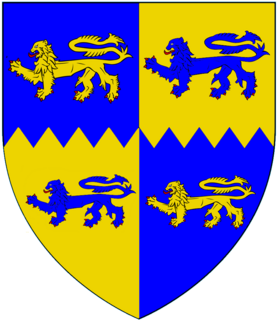
Henry Cromwell, 2nd Baron Cromwell, the son of Gregory Cromwell, 1st Baron Cromwell and Elizabeth Seymour, was an English peer during the reign of Elizabeth I. He was the grandson of Henry VIII's chief minister, Thomas Cromwell, 1st earl of Essex, nephew of the Protector Somerset and first cousin of Edward VI.
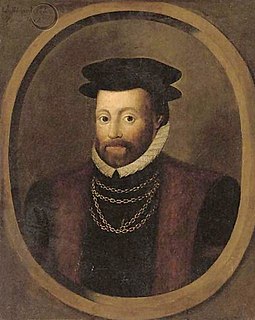
Edward North, 1st Baron North was an English peer and politician. He was the Clerk of the Parliaments 1531–1540 and Lord Lieutenant of Cambridgeshire 1557–1564. A successful lawyer, he was created the first Baron North, giving him a seat in the House of Lords.
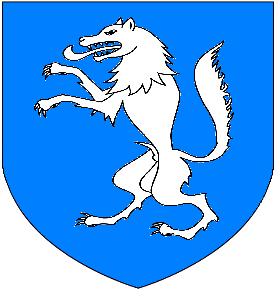
Gabriel Donne or Dunne was an English Cistercian monk and was the last Abbot of Buckfast Abbey in Devon, before the Dissolution of the Monasteries.
Sir John Pakington, was Chirographer of the Court of Common Pleas, a Member of Parliament for Gloucester, and Sheriff of Herefordshire and Worcestershire. In 1529 he received an extraordinary grant from Henry VIII permitting him to wear his hat in the King's presence.
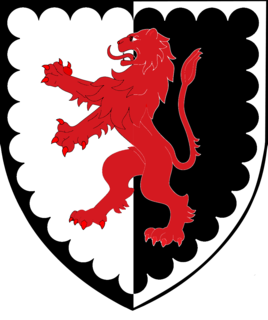
Sir John Champneys (1495–1556) was City of London Sheriff in 1522 and Lord Mayor of London in 1534, when he was knighted.
Sir William Browne served as Master of the Worshipful Company of Mercers from 1507 to 1514, and as alderman, auditor, Sheriff and Lord Mayor of London. He died in office on 3 June 1514 while serving his term as Lord Mayor.
Sir Richard Chiverton of the Worshipful Company of Skinners was Lord Mayor of London in 1658.
During the Protectorate period (1653–1659) of the Commonwealth of England, the Lord Protector reserved the power previously held by the monarch to confer knighthoods, baronetcies and peerages.

Sir Andrew Judde, or Judd was a 16th-century English merchant and Lord Mayor of London. He was knighted on 15 February 1551.













